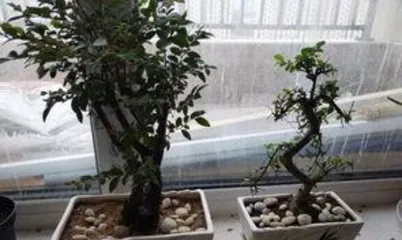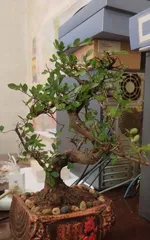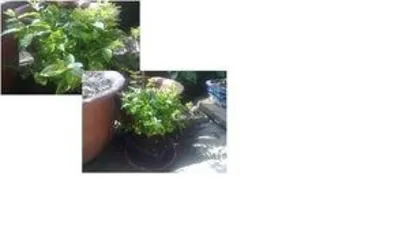Have you ever thought about keeping a Chinese Elm Bonsai at home? It can not only beautify your living space but also cultivate your mind. This is not a difficult task at all. As long as you master the correct care methods, your Chinese Elm Bonsai will grow lush and become a beautiful addition to your home. So, how do you care for a Chinese Elm Bonsai? Let me give you a detailed introduction!
Soil: Loose, fertile, well-draining, and breathable
The Chinese Elm is not particularly demanding when it comes to soil, but for optimal growth, it's best to choose a loose, fertile, neutral soil. You can mix leaf mold, river sand, and perlite in a certain ratio to ensure good aeration and provide sufficient nutrients. Remember, the soil must have good drainage to prevent root rot from waterlogging.
Light: Ample sunlight, avoid scorching
The Chinese Elm loves plenty of sunlight, but it should not be exposed to intense sun for long periods. You can place it in a sunny spot indoors, such as a windowsill or balcony. During the hot summer months, provide some shade to avoid direct sunlight. This way, your Chinese Elm will thrive under the sun!
Watering: Water moderately, keep moist
The Chinese Elm prefers a humid environment, but the soil should not be waterlogged for extended periods. In the hot summer, water once or twice a day; in spring and autumn, water once a day; and in winter, water every other day. Additionally, you can mist the leaves regularly to increase air humidity. Remember to water in moderation to avoid overwatering.
Fertilizing: Fertilize at the right time, supplement nutrientsThe growing seasons for the Chinese Elm are spring and autumn, when it needs plenty of nutrients. You can fertilize it every 15 days with an organic or compound fertilizer rich in nitrogen, phosphorus, and potassium. In winter, when temperatures are low and growth slows, you can reduce fertilization.
Pruning: Prune at the right time, maintain aestheticsThe branches and leaves of the Chinese Elm are highly pliable, allowing for various pruning and styling. You can trim the branches into different shapes according to your preference, such as round, square, or triangular. When pruning, pay attention to the direction and size of the cuts to avoid causing damage.
Pests and Diseases: Prevention first, timely treatmentCommon pests and diseases for the Chinese Elm include aphids, spider mites, and whiteflies. During regular care, frequently check the leaves, branches, and other parts for any abnormalities. If you find any, take immediate preventive and control measures. You can use organic pesticides or biological control methods, avoiding those that are harmful to the plant.
Repotting: Repot at the right time, ensure root healthThe Chinese Elm needs to be repotted regularly to ensure healthy roots. Generally, spring and autumn are the best times for repotting. When repotting, be careful not to damage the roots, and replace it with new soil that is well-aerated and has excellent drainage.
Conclusion: Care with heart, reap beautyCaring for a Chinese Elm Bonsai requires our loving attention. As long as you master the correct care methods, your Chinese Elm Bonsai will thrive and become a beautiful addition to your home. Give it a try, and I'm sure you can grow a beautiful Chinese Elm Bonsai!